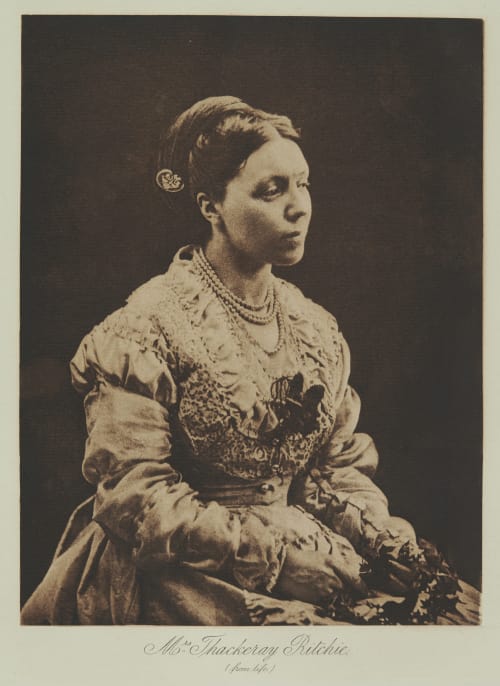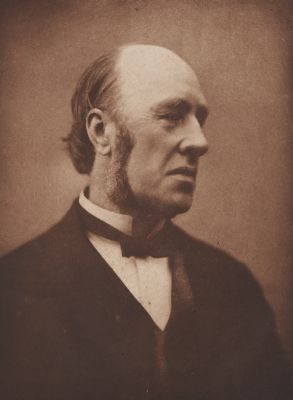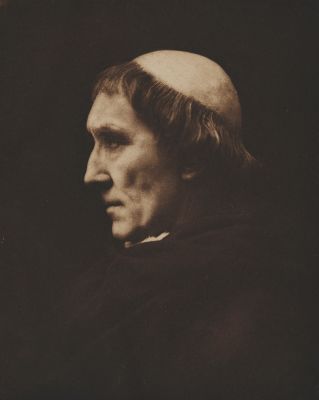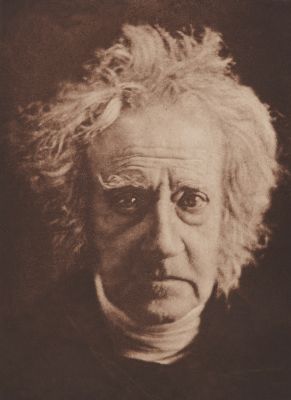
Title
Ms Thackeray RitchieArtist
Cameron, Julia Margaret (British, 1815-1879)Publication
Alfred, Lord Tennyson and His FriendsDate
1893 plate (1870 negative)Process
PhotogravureAtelier
The Cameron StudioImage Size
22 x 29 cm
Julia Margaret Cameron consciously worked to diminish detail in her vapory portraits. The pictorial syntax of photogravure was an ideal medium for translating her work into printer’s ink. Published in 1893, the year after Alfred, Lord Tennyson’s death, this book contains a selection of Julia Margaret Cameron’s iconic photographic portraits of the poet and his circle of friends. Of the 25 beautifully executed large photogravure plates, eight are from photographs by Cameron, eleven are by her son Henry Herschel Hay Cameron, and seven are of paintings, mostly by G.F. Watts. A collaboration between Julia’s youngest son Henry and the novelist Anne Thackeray Ritchie, the edition was limited to 400 numbered copies, 150 of which were for sale in the U.S.
Julia Margaret Cameron knew Tennyson well and in 1860 had moved to Freshwater, Isle of Wight, to become his neighbor. After she took up photography in 1863, Tennyson, despite being described as "a reluctant model", was persuaded to sit for her on many occasions. Cameron was later invited by the poet to illustrate his Idylls of the King (1874). Perhaps Cameron’s best-known Tennyson portrait is ‘The Dirty Monk’, where he appears in profile wrapped in a cloak. Cameron and Tennyson’s working relationship extended in 1874 when Cameron produced photographic illustrations to Tennyson’s Arthurian poem Idylls of the King.
Henry Herschel Hay Cameron’s early work reflected his mother’s style, but he later developed his own approach and his technique, especially in printmaking, was considered superior to hers. He was a founding member of the Linked Ring.
Reproduced / Exhibited
Cox, Julian, Colin Ford, Joanne Lukitsh, and Philippa Wright. Julia Margaret Cameron: The Complete Photographs. London: Thames & Hudson in association with the J. Paul Getty Museum, Los Angeles and the National Museum of Photography, Film & Televison, Bradford, 2003. no. 500
References
Marien, Mary W. Photography and Its Critics: A Cultural History, 1839-1900. Cambridge: Cambridge University Press, 2011. P 100
Henry Peach Robinson, Pictorial Effect in Photography, (1869 rpt., Pawlet, VT: Helios Press 1971), P- 145.
Langer, Freddy, Timm Starl, and Wilfried Wiegand. Icons of Photography: The 19th Century. Munich: Prestel, 2002. p. 40











